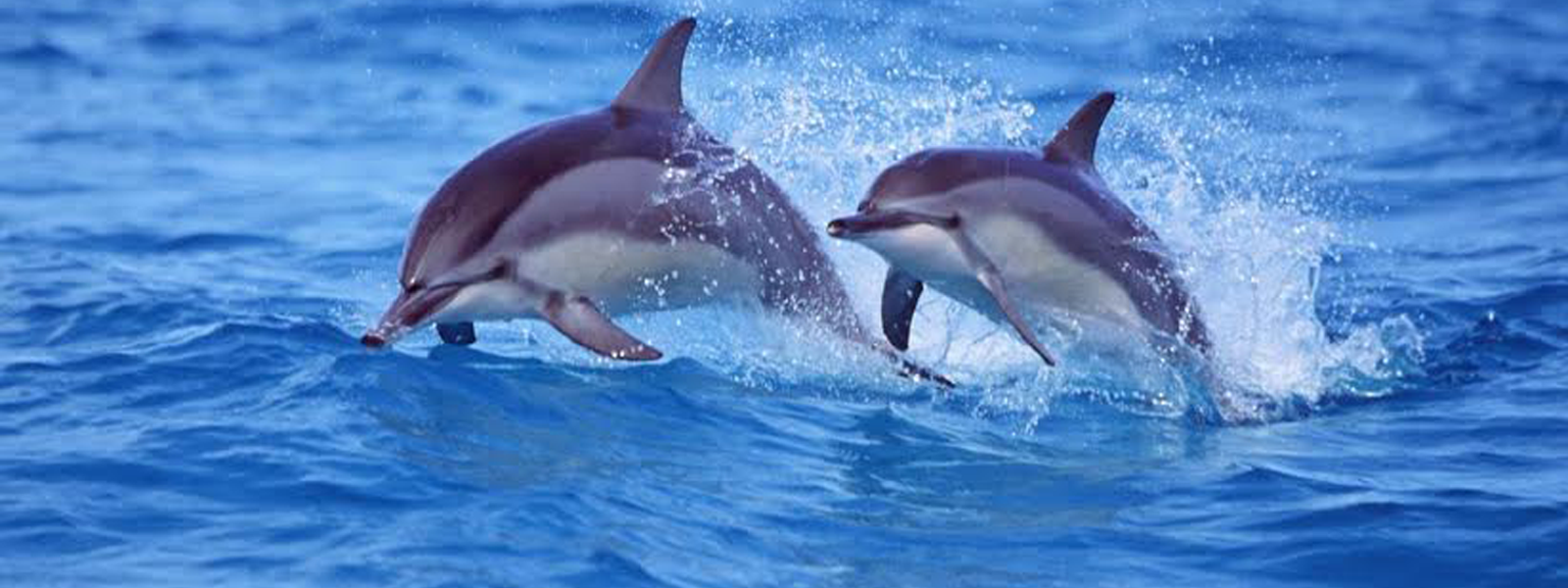

Review of Ice Bear: The Cultural History of an Arctic Icon
Instead of a “natural history” of the iconic polar bear, anthropologist, wilderness guide and author Michael Engelhard has written a cultural history, showing the evolution of the polar bear as an icon through the ages, meaning something different to different generations and cultures. This is a book about human perceptions, dreams and experiences of the polar bear more than about the Ursus maritimus itself.
With meticulous details and stories pulled from a wide range of sources, and more than 160 illustrations, the book traces the fraught and intertwined history of humans and this elusive and dream evoking animal.
“Deeply held preconceptions keep us from seeing the true nature of some animals. The polar bear is a prime example,” Englehard writes. “Over the past eight thousand years, we have regarded it as food, toy, pet, trophy, status symbol, commodity, man-eating monster, spirit familiar, circus act, zoo superstar, and political cause célèbre. We have feared, venerated, locked up, coveted, butchered, sold, pitied, and emulated this large carnivore. It has left few emotions unstirred.”
Ice Bear shows how the lure of the unknown, the exotic, is a recurrent theme in human experiences of the polar bear. It tells us how, in Medieval times, the bear was a both a subsistence resource and commodity — its white fur was sought after and wondered at by royalty and those of wealthy standing. Even more famed (and rare) were live bear cubs that explorers managed to bring back (having shot the mother) for animal menageries, where polar bears survived, if not thrived. Bear baiting was also a popular sport, with the bears (both brown bears and, more rarely, polar bears) tied to a rope and set upon by dogs, with betting on who would win the bloody confrontation. Not for the faint of heart!
The people of the Arctic were, of course, well acquainted with the polar bear, which they perceived as both magical and dangerous. A man who killed a polar bear had very high status indeed. Englehard describes how myths and legends of Native peoples also prominently featured the wild predator that they equally feared and revered, and considered a part of their diet.
While other marine and terrestrial mammals formed the bulk of Artic peoples’ diets (with too short a growing season), the bear was readily eaten, if it could be killed. While perhaps enjoyed by Native people, explorers complained about the high level of fat in polar bear meat. Engelhard notes that 2 ounces of bear fat could fuel a lamp for one hour, although more smoke than light was produced.
There are many different depictions of the white bear in Native American art, right up to modern times, and Ice Bear includes some excellent photos of such art. Indeed, the illustrations throughout the book are beautiful and colorful — especially so for a bear that is basically white except for its claws and nose. (Engelhard explodes the myth that a stalking polar bear hides its nose so as not to be seen against the ice.) Spectacular icy landscapes that look almost supernatural provide a mysterious Arctic backdrop for bear portraits through the ages.
Ice Bear also chronicles modern culture’s fascination with polar bears. Traveler’s tales of the Arctic, for instance, are usually incomplete without a story of the expeditions’ brush with the bears. Meanwhile, tourists today pay large sums to go see a living polar bear, notably in Manitoba’s Churchill area, a prime location to easily see these giants. (The Canadian government reckons the value of a polar bear at $400,000, based on the intense interest from tourists and hunters alike.)
The book devotes a whole a chapter on Knut, a polar bear cub born in the Berlin Zoo in 2006, who attracted millions of visitors and made a fortune for the zoo. Rejected by his mother at birth, Knut was raised by zookeepers. The cuddly baby bear inspired such devotion in people across the world (and spawned so much merchandize) that the phenomenon was dubbed "Knutmania." Sadly, Knut died when he was four years old by drowning in his enclosure’s pool after suffering a seizure.
Our fascination with big wildlife, however, goes hand in hand with our desire to prove our dominance over them. Englehard chronicles how over the years the bear became a must-have trophy for the leisure hunters. That idea is still quite popular today, as Alaska members of Congress repeatedly attempt to make the keeping of polar bear trophies legal.
Inevitably, the ice bear has been featured as a symbol in everything from heraldry to modern sports teams. There are plenty of ice bears featured in children’s books. And how many photos have been taken of female models sprawled out on polar bear rugs, sipping a drink, in make-believe macho dens?
And, as we all know, the ice bear has also become a poignant symbol of the dangers of global warming, as the Arctic ice they depend on to find their prey and to rest is now almost non-existent during the Arctic summer (and will likely fade more and more as our world heats up). There are only 20,000 polar bears remaining on Earth and environmental groups routinely feature the bears in their appeals for support and funding from the public to fight global warming.
Engelhard concludes: “Across cultures and time, its whiteness invited projection, and we eagerly saddled it with our fears, fantasies and ambitions. Like the blank spots on explorers’ maps, it keeps us forever guessing its true nature. It is our chance to redeem ourselves or at least, to face our shortcomings.”
In all, Engelhard has written an interesting and wide-ranging review of just how humans think about the ice bear. As in the case of most wildlife today, our thinking about and making room for such wildlife is the key to their future existence, and ours. Unfortunately, right now, the ice bear’s future does not look so good.